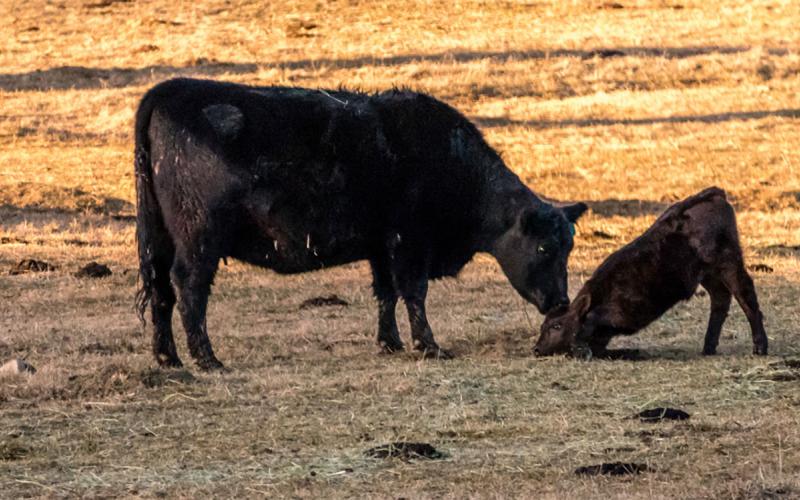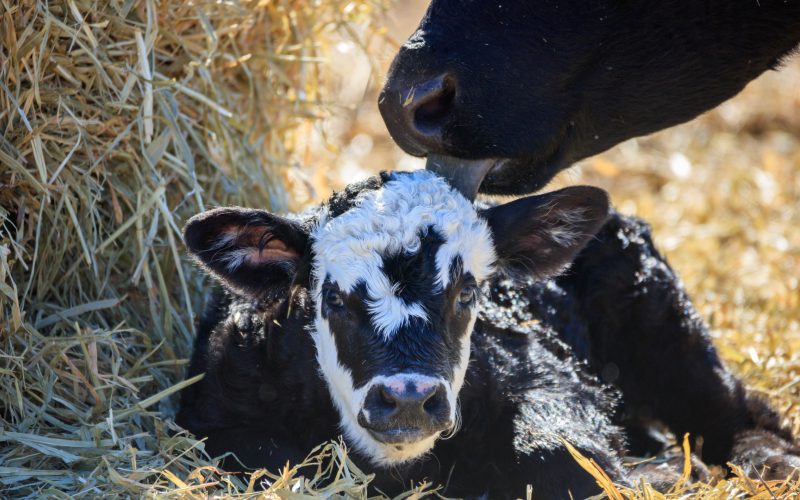Spanish translation provided by: Maristela Rovai, Assistant Professor & SDSU Extension Dairy Specialist
The percentage of cows that become pregnant during a breeding season has a direct effect on ranch profitability. Consequently, a basic understanding of the bovine estrous cycle can increase the effectiveness of reproductive management.
After heifers reach puberty (first ovulation) or following the postpartum anestrous period (a period of no estrous cycles) in cows, a period of estrous cycling begins. Estrous cycles give a heifer or cow a chance to become pregnant about every 21 days.
During each estrous cycle, follicles develop in wavelike patterns, which are controlled by changes in hormone concentrations. In addition, the corpus luteum (CL) develops following ovulation of a follicle. While it is present, this CL inhibits other follicles from ovulating. The length of each estrous cycle is measured by the number of days between each standing estrus.


